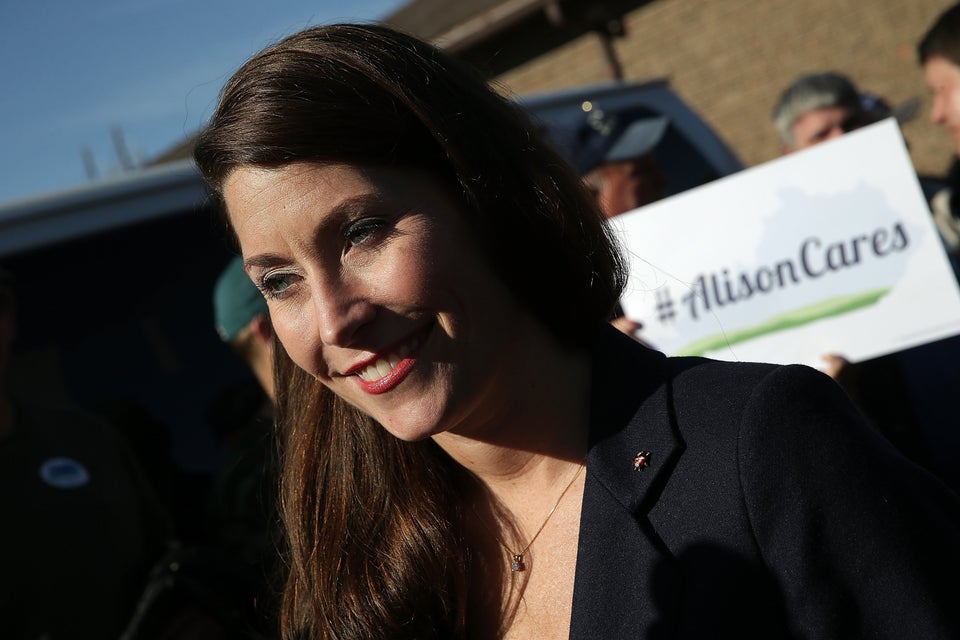In 1996, Congress passed the Dickey Amendment, effectively banning government research on gun violence. But these days, former Republican representative Jay Dickey sees his namesake amendment for what it was: A mistake.
“I wish we had started the proper research and kept it going all this time,” Dickey told The Huffington Post last year. “I have regrets.”
Now, a research letter published as part of a series on firearm violence in the journal JAMA Internal Medicine illustrates the magnitude of that mistake, and corroborates what gun violence researchers have described anecdotally: Two decades of intimidation by the gun lobby suppressed valuable public health research.
The Dickey Amendment forbid the U.S. Centers for Disease Control and Prevention from funding research that was meant to “advocate or promote gun control.” Fearing funding loss, the CDC shied away from gun violence research entirely. The result: Firearm violence publications fell by 64 percent between 1998 and 2012.
“Policymakers and the public would be much better situated today if gun violence research had remained on the same positive trajectory for the last two decades, rather than stagnating,” said Ted Alcorn, author of the new paper and the director of innovation at Everytown for Gun Safety, a gun violence prevention organization backed by former New York city mayor Michael Bloomberg.
Few incentives for young researchers to enter the field
Without funding, research declined and up-and-coming scientists who might have studied firearm injury chose other fields.
“If you are a young scientist, and you’re looking into which field you can go into to make a difference and there’s no funding, you’re not going to go into this field,” Dr. Alice Chen, executive director of Doctors for America, previously told HuffPost.
A dearth of of research and researchers means that lawmakers don’t have the information they need to create firearm legislation that effectively reduces injuries and deaths while protecting Americans’ Second Amendment rights, an Institute of Medicine report concluded in 2013.
Advancements in the face of an uncertain future
There have been some promising developments in the field over the past few years, including an executive order issued by President Barack Obama following the Sandy Hook massacre that called on the CDC to “sponsor research into the causes of gun violence and the ways to prevent it.”
And in June, California’s state legislature voted to establish a $5 million firearm violence research center at University of California, Davis, making it the first state-funded research center of its kind in the country.
It remains to be seen, however, if research will continue to grow under President-elect Donald Trump. While it’s anyone’s guess what Trump’s policies will be once he takes office, the National Rifle Association spent record-breaking money to help Tump get elected, including $9.6 million on ads and pro-Trump materials and $12 million in anti-Hillary Clinton spending, according to the Trace.
The NRA was also key influencer of the Dickey Amendment. “Our concern is [that researchers] were promoting the idea that gun ownership was a disease that needed to be eradicated,” NRA lobbyist Chris Cox told the New York Times in 2011.
“The NRA stood by Donald Trump through thick and thin,” Adam Winkler, a professor at UCLA School of Law author of Gunfight: The Battle Over the Right to Bear Arms in America, told HuffPost.
“We’ve seen a lot of chaos in the transition team so far, with allies coming in and allies coming out. One steady coalition partner has been the NRA. The NRA has not come in and out. They’ve come in and they’ve stayed in. They’ve got a very important role in the transition and they will play a very important role shaping gun policy.”
CORRECTION: A previous version of this article stated that spending on all firearm violence research fell by 64 percent between 1998 and 2012. In fact, it was firearm violence publications that fell by 64 percent during that time period.


